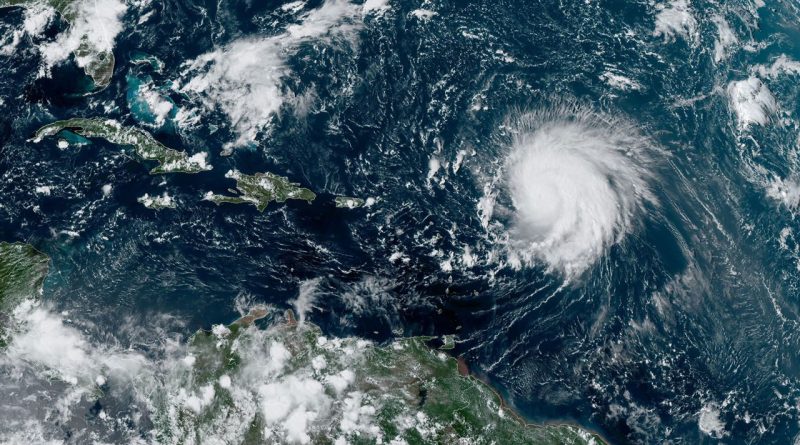Hurricane Lee Threatens East Coast Before Fizzling Out
Kaitlyn Kim
Staff Writer
Noticed the change in weather?
For the past two weeks, Hurricane Lee was not only a raging tropical storm but a raging topic in the news!
On September 2nd, Hurricane Lee was formed from a tropical wave that had left the coast of Africa. By the time it had reached the central Atlantic, it became Tropical Depression Thirteen (TD13). By September 5th, Lee was categorized as a Tropical Storm and after about 24 hours, it had reached hurricane status. Its winds at that point were at least 74 miles per hour.
On September 8th, Lee had sustained winds of about 165 miles per hour and had gusts near 185 miles per hour. This breakneck increase in wind speed over the 24 hours had led Hurricane Lee to be one of the top three fastest intensifying storms seen in the Atlantic Basin. The only outstanding records were done by Hurricane Felix in 2007 and Hurricane Wilma in 2005.

The impact of Hurricane Lee has effectively died down by Friday, September 15th, as it was recategorized as a Category 1. It could effectively be returned to the title Tropical Storm Lee as it has returned to tropical storm strength.
As of now, Lee’s impact in the United States is primarily affecting Massachusetts, Maine, and the New England coastline. In regards to the full impact of Tropical Storm Lee, its center is near western Nova Scotia (which is one of the thirteen provinces and territories of Canada) and is likely to come ashore in Atlantic Canada within the next few hours. Although the deaths of Lee were relatively minimal, it has led to tens of thousands of people reporting power outages throughout Saturday. This includes more than 95,000 customers in Maine and nearly 150,000 people in Nova Scotia.
To look at this from an optimistic perspective, it is likely that Tropical Storm Lee will continue to weaken over the next several days and is likely to entirely dissipate within the week, according to the Hurricane Center. With that being said, keen businesspeople should consistently look out for any extreme weather patterns due to their tendencies for disrupting regular supplies. According to the National Center for Environmental Information, the total U.S. economic loss due to extreme weather since 1980 totaled around $2.6 trillion. For that reason it is extremely important, especially due to changing climates, to remain vigilant when extreme weather events occur.
Contact Kaitlyn at kaitlyn.kim@student.shu.edu

